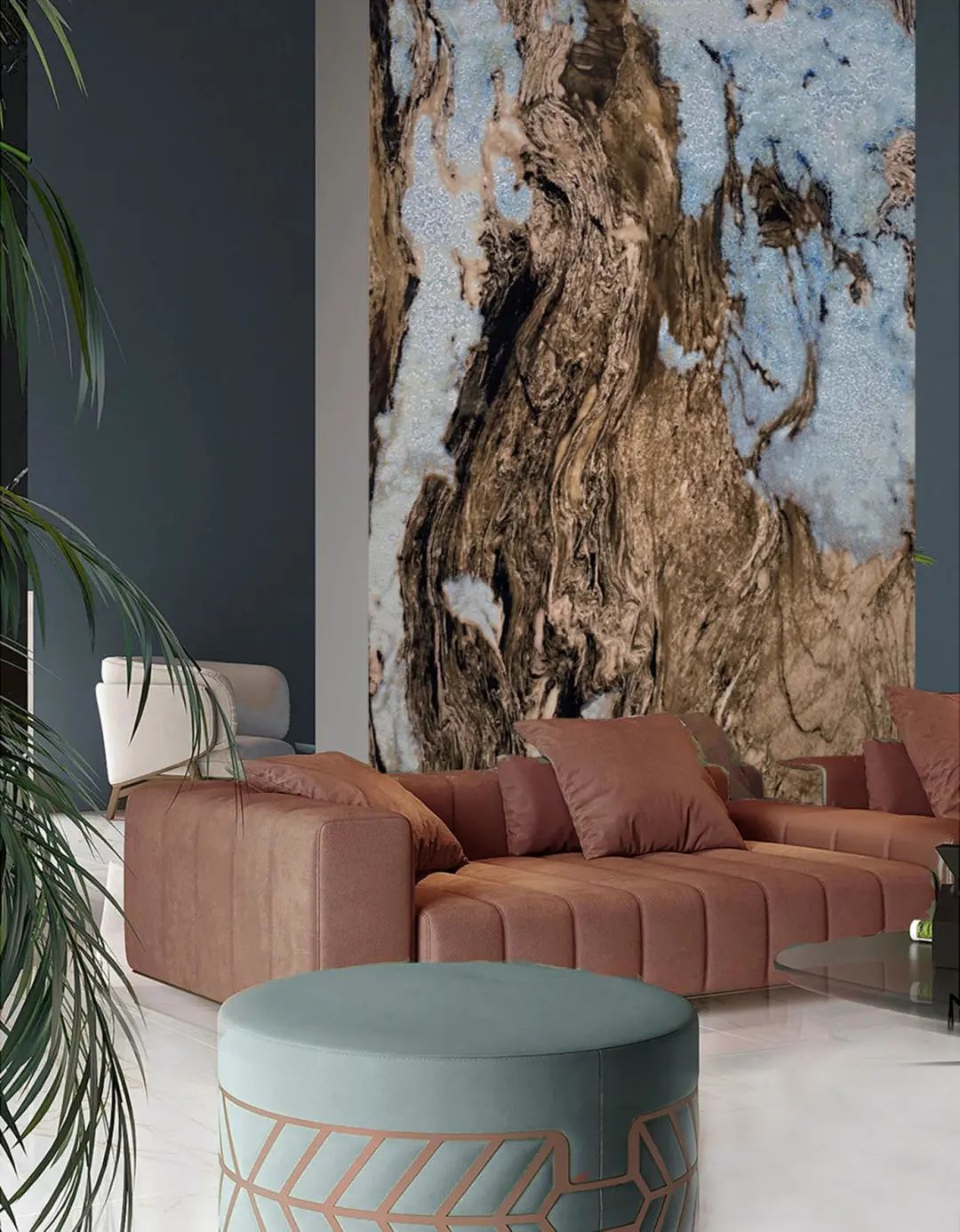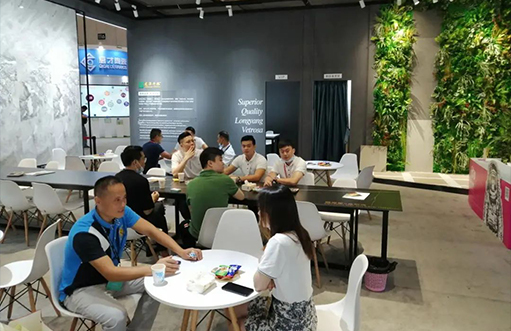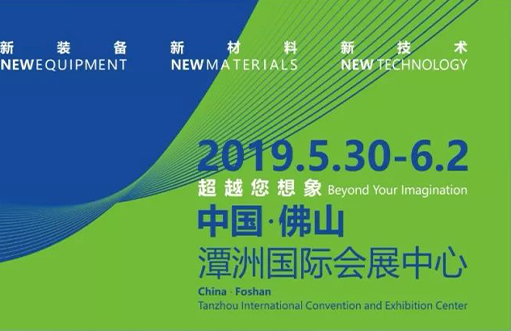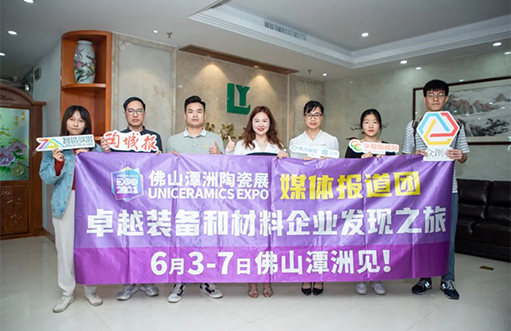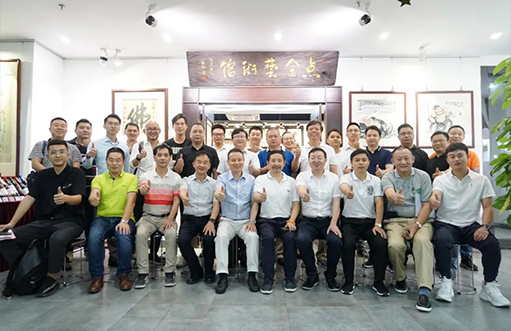
In the second half of 2021, some ceramic color glaze enterprises once bluntly stated that "the competitive price of ceramic ink has reached a freezing point, and color glaze enterprises dare not increase prices due to fierce competition for conventional products and meager profits.
Entering 2022, the prices of raw materials continue to fluctuate at high levels, and the call for ceramic ink and color glaze enterprises to "group together to increase prices" has also increased.
At present, multiple companies have clearly stated that they will raise product prices reasonably, which will directly lead to an increase in the cost of ceramic tile manufacturing.
In order to cope with the rise in raw material prices, ceramic enterprises and color glaze enterprises are working together. On the one hand, ceramic enterprises use methods such as bidding, centralized procurement, and off-season reserve to purchase color glaze materials; On the other hand, ink and glaze enterprises are also actively developing new products and high value-added glaze products to assist ceramic enterprises in production costs.

1
—
Do color and glaze enterprises want to raise prices together?
In recent years, the domestic ceramic ink industry has become more competitive, which has accelerated the shuffle of the ceramic ink industry. Small ceramic ink enterprises have less and less Lebensraum, and the number of ceramic ink enterprises has gradually decreased.
In the second half of 2021, Tao Chengjun interviewed multiple people from color glaze enterprises and learned that due to fierce market competition and other reasons, most ceramic ink and color glaze enterprise products expressed weak price increases.
Recently, Dow Technology and China National Ceramic Materials have released their 2021 annual reports, which show that both companies have achieved growth in revenue, but their gross profit margin has declined.
In 2021, Dow Technology achieved a production capacity of 400000 tons of ceramic glaze and 35000 tons of ceramic ink. The ceramic materials sector (mainly producing ceramic ink and ceramic glaze) achieved a revenue of 1.492 billion yuan, an increase of 75.55% compared to the same period last year; The operating cost was 1.183 billion yuan, an increase of 105.87% over the same period; The gross profit margin was 20.69%, a decrease of 11.68% over the same period. The other materials sector of Guoci Materials - Building Ceramics sector achieved a revenue of 814 million yuan, an increase of 19.77% compared to the same period last year; The operating cost was 585 million yuan, an increase of 31.67% over the same period; The gross profit margin was 28.05%, a decrease of 6.51% over the same period.
| Dow Technology Ceramic Materials Revenue and Gross Profit Margin | |||||
Entering 2022, raw material prices continue to rise and fluctuate at high levels. The reasonable price increase in groups has become the demand of many ceramic ink and glaze enterprises.
A sales director of a color glaze enterprise believes that the competition in the domestic ink market has always been very fierce. If prices cannot be raised together, it will form even worse competition, and the result will only be a loss for both. The same is true for color glaze enterprises. He also stated that the increase in raw material prices means an increase in comprehensive costs. Only with reasonable profits can products support good supporting and technical services. In order to better serve customers, the company has introduced specific price adjustment plans, which are currently being carried out one by one.
Tao Chengjun also interviewed another company that focuses on the research and development and production of ceramic ink and glaze materials. The deputy general manager of the company believes that "for a company, profitability determines the survival of the company. The composition cost of (color glaze) products is fixed, and the cost of raw materials increases, resulting in reduced profits or even upside down." He said that the company has raised product prices twice last year and even abandoned some customers, If the prices of raw materials continue to rise, in order to "survive", the company will continue to negotiate with customers to reasonably increase product prices.
2
—
Direct impact on ceramic production costs
The color glaze industry and ceramic enterprises have made progress together, and another more appropriate statement is that the color glaze industry has promoted the progress of the ceramic industry. "Li Jiaduo, a senior engineer in the ceramic industry, said," Although the trend of ceramic products has changed multiple times over the past 30 years, glazed tiles have always been the mainstream, accounting for an absolute high proportion
Yuan Sirong, Sales Director of Longyang Dried Granules, told Tao Chengjun that the overall sales performance of the company in 2021 has shown significant growth compared to 2020. The main reason is that domestic large plate production enterprises have successively built and increased production lines, completed and opened kilns, and the market sales of various specifications of dry particle throwing products are booming, with high customer recognition. The volume of large plate dry particle products has surged. "Zhang Yalong, Deputy General Manager of Pansheng Technology, told Tao Chengjun that in 2021, 400 × 800 (mm, same below), 600 × 1200 ordinary glazed tiles, 750 × 1500,600 × The 1200 antique brick series is popular in the market.
The cost increase of ceramic glaze and ink will also directly lead to an increase in ceramic production costs. According to the 2021 annual report of a listed ceramic enterprise, in the second half of 2021, due to the impact of domestic and foreign markets, environmental protection, and logistics, the prices of natural gas, coal, clay, glaze materials, packaging materials, and other materials required for the company's production increased, resulting in rising costs and squeezed profit margins.
According to Tao Chengjun's inquiry, the ceramic enterprise's glazed tiles achieved operating revenue of 4.521 billion yuan and 2.841 billion yuan in 2021 and 2020, respectively, accounting for 64.71% and 58.4% of the current year's operating revenue. In addition, the non ceramic products produced by the ceramic enterprise include glazed tiles, ceramic plates, and thin ceramic tiles, which also require the use of upstream products such as colored glaze, ink, and frits. In 2021, the gross profit margin of glazed tiles, ceramic plates, and thin ceramic tiles in this ceramic enterprise was 29.91% and 36.22%, respectively, a decrease of 6.45% and 12.35%.
note
3
—
These products will be popular in 2022
On one hand, small-scale ceramic ink enterprises exit, while on the other hand, leading enterprises continue to grow or new enterprises join. According to Tao Chengjun's inquiry, including Dow, Hualida Materials, Pansheng, etc., all plan to invest in the construction of ceramic ink, color, and glaze production projects in 2022.
Guangdong Dow Technology Co., Ltd. plans to invest 260 million yuan to build a ceramic ink jet printing ink project with an annual output of 20000 tons in Jiangmen. The project covers an area of 168900 square meters, with a total construction area of 25400 square meters.
Foshan Hualida Material Technology Co., Ltd. plans to invest 105 million yuan to build three workshops in Gaoming. After completion, the ceramic glaze project will have an annual output value of about 100 million yuan after production.
Guangdong Pansheng New Material Technology Co., Ltd. plans to invest 10 million yuan to build a project with an annual production of 35000 tons of ceramic raw materials.
Jiangmen Putelong New Materials Co., Ltd. plans to invest 16 million yuan, lease a factory area of 4000 square meters, and build a new project with an annual production of 2500 tons of ceramic pigments and 30000 tons of ceramic glaze.
There is a prediction that: "Based on the current situation, it is expected that antique style dry particles and glazes, as well as products with different functional ink combinations, will be a relatively obvious growth direction this year. In previous years, the product categories of large and small boards with bright and fully polished materials will gradually decline, because the market is relatively saturated, and consumers' aesthetics are gradually starting to accept new visual and tactile effects from past habits
For the surface decoration of products such as rock slabs and antique bricks, many color glaze and ink companies do not upgrade on the original basis, but instead "provide new concepts, create new products, and create high-quality products with high added value".
For example, Dow Technology has launched "Giant Crystal Dry Granules", which, through formula optimization and innovation, can enable crystals to present larger crystal flower shapes during rapid firing, enhance the decorative properties of materials, and increase the added value of finished products. The "Digital Mold Ink" developed by Kehai Glaze Technology utilizes special environmentally friendly functional materials to achieve various 3D three-dimensional textures on the surface of ceramic tiles, avoiding many problems such as high cost of traditional physical mold opening, easy wear and tear of molds, lack of delicate pattern texture, and easy cracking of billets. Currently, multiple ceramic enterprises in Guangdong, Fujian, Anhui, and other regions have launched and used it.
